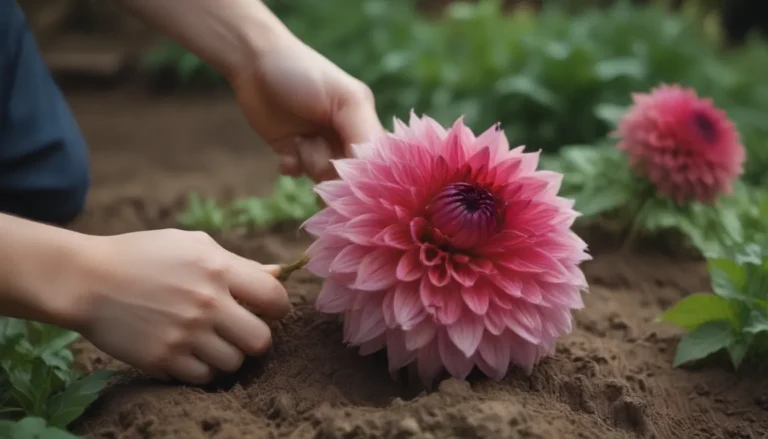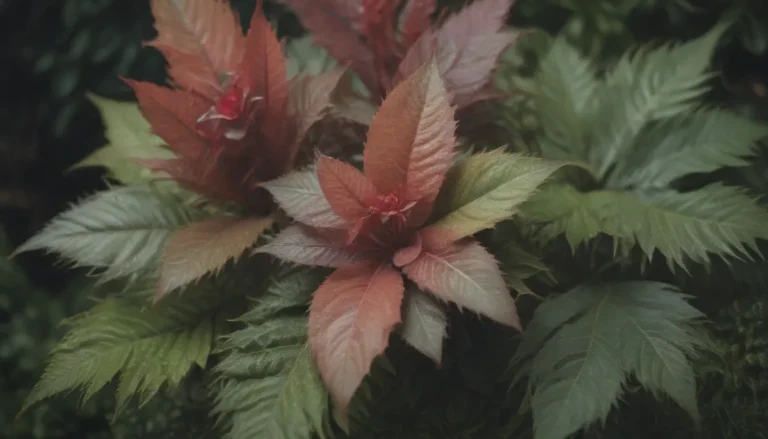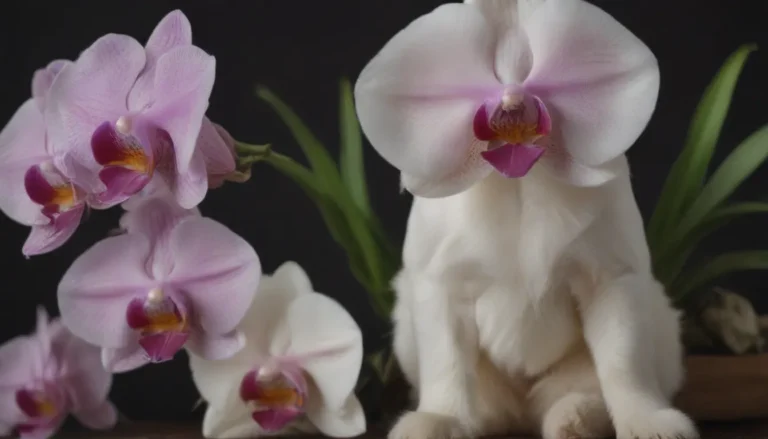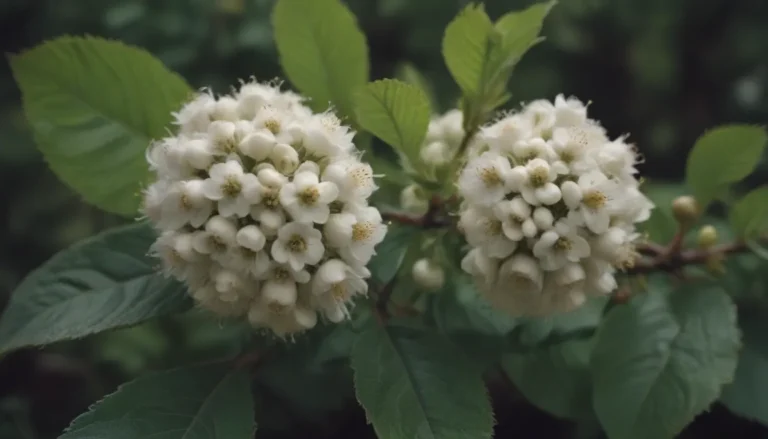A Comprehensive Guide on Growing & Caring for Blueberries in Containers
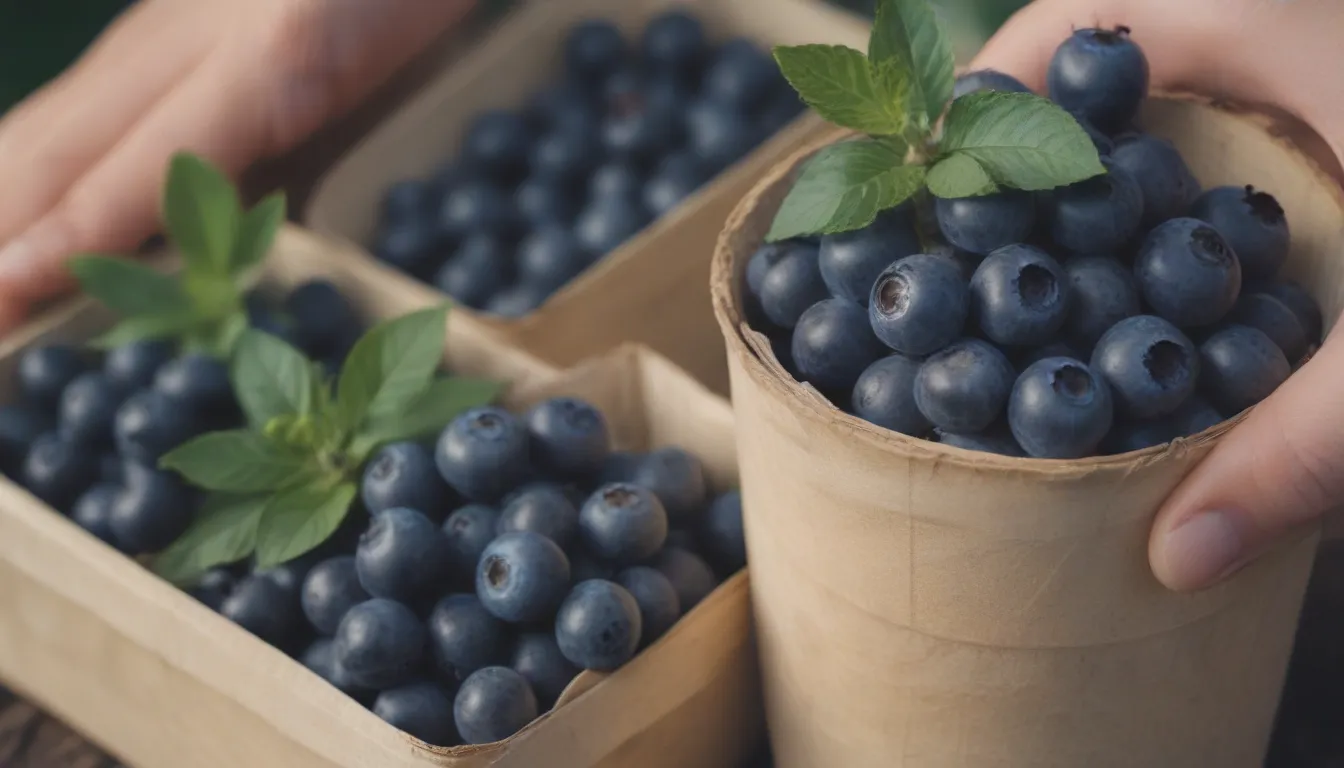
Are you looking to add some fresh and delicious blueberries to your home garden but don’t have the ideal soil conditions? Don’t worry – growing blueberries in containers is a practical and rewarding solution that anyone can try. Whether you have limited space or just want to enjoy the convenience of container gardening, blueberries can thrive and produce fruit in pots with proper care and attention.
In this in-depth guide, we’ll cover everything you need to know about planting, growing, and caring for blueberries in containers. From selecting the right planting site to choosing the best varieties for your climate, we’ll walk you through the process step by step. So grab your gardening gloves and let’s get started!
How to Plant Blueberries in Containers
When to Plant
Plant blueberries in containers in the spring or late fall in most areas. If you live in colder zones, it’s best to wait until early to mid-spring to plant the bushes in containers.
Selecting a Planting Site
Choose a sunny spot for your blueberry containers. Blueberry plants need 6 to 8 hours of sunlight per day to thrive. Consider moving your containers throughout the day to ensure they get enough sunshine.
Spacing, Depth, and Support
- Plant one blueberry bush per pot.
- Bury the plant as deep as it was in its nursery pot.
- Use well-draining soil and add a layer of compost with pine bark for moisture retention.
- Water thoroughly after planting to settle the soil around the roots.
Blueberries in Containers Care
Light
Blueberry plants need sunlight to produce fruit, but in hot afternoon sun, they may benefit from some light shade. Measure the sunlight accurately to ensure your plants receive enough light to thrive.
Soil
Blueberry bushes prefer acidic soil with a pH level between 4.0 to 4.8. Most garden soil is not naturally acidic, so planting in containers allows better control over soil acidity. Use an acidic potting mix or create your own using peat moss, vermiculite, and a balanced fertilizer blend.
Water
- Blueberry plants have shallow roots that dry out quickly.
- Keep the soil consistently moist but not soggy.
- Check the soil regularly and water your plants 1 to 2 inches per week.
Temperature and Humidity
Place your blueberry containers in a sheltered spot during winter to protect them from dry winds and cold temperatures. Consider the chill hours required for different blueberry cultivars when planting in containers.
Fertilizer
- Blueberries prefer organic fertilizer with a low nitrogen content.
- Test the soil’s pH regularly and adjust as needed.
- Fertilize lightly in the spring and consider monthly doses throughout the growing season.
Types of Blueberries
It’s essential to choose the right blueberry species and cultivar for your climate. The four main blueberry species are:
– Northern highbush
– Southern highbush
– Lowbush
– Rabbiteye
Select varieties that bloom at the same time for cross-pollination and a bountiful harvest. Contact a local farmer or nursery professional for advice on the best blueberry varieties for your area.
Blueberries vs. Bilberries
While blueberries and bilberries share similarities, they have distinct characteristics. Bilberries are smaller, dark blue to nearly black, and have a tart, acidic flavor. Consider growing both blueberries and bilberries for a diverse fruit harvest.
Harvesting Blueberries in Containers
Blueberry plants typically start producing fruit after a few years. Harvest ripe blueberries between June and August by gently picking them off the bush. Allow the berries to fall into your hand for the best flavor.
How to Grow Blueberries in Pots
To ensure healthy growth, choose a large container with ample drainage holes and plant one blueberry bush per pot. Pruning is essential to stimulate growth, but wait until the fourth year to start trimming the bushes.
Propagating Blueberries
If you enjoy growing blueberries in containers, consider propagating new plants from cuttings. Blueberries are easily propagated by rooting cuttings in the early spring or late winter.
Growing Blueberries From Seeds
Start your container garden with blueberry seeds from pollinating varieties. Plant the seeds in the fall or spring, depending on your climate, and follow proper germination techniques for successful growth.
Overwintering
Protect your blueberry plants during the winter by moving containers to a sheltered area or mulching them with straw. Blueberries are hardy plants, but they still need some care during the dormant season.
Common Pests and Plant Diseases
Insect and fungal problems can affect blueberry plants, but proper care and maintenance can prevent most issues. Use safe fungicides and pesticides for edible plants and monitor the soil pH to prevent nutrient deficiencies.
Blueberries are not only delicious but also packed with health benefits. Whether you’re a seasoned gardener or just starting out, growing blueberries in containers is a fun and rewarding experience. Follow these tips and guidelines to enjoy a bountiful harvest of fresh blueberries right in your own backyard. Happy gardening!
